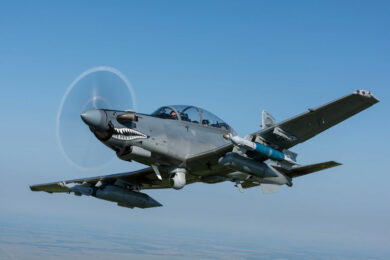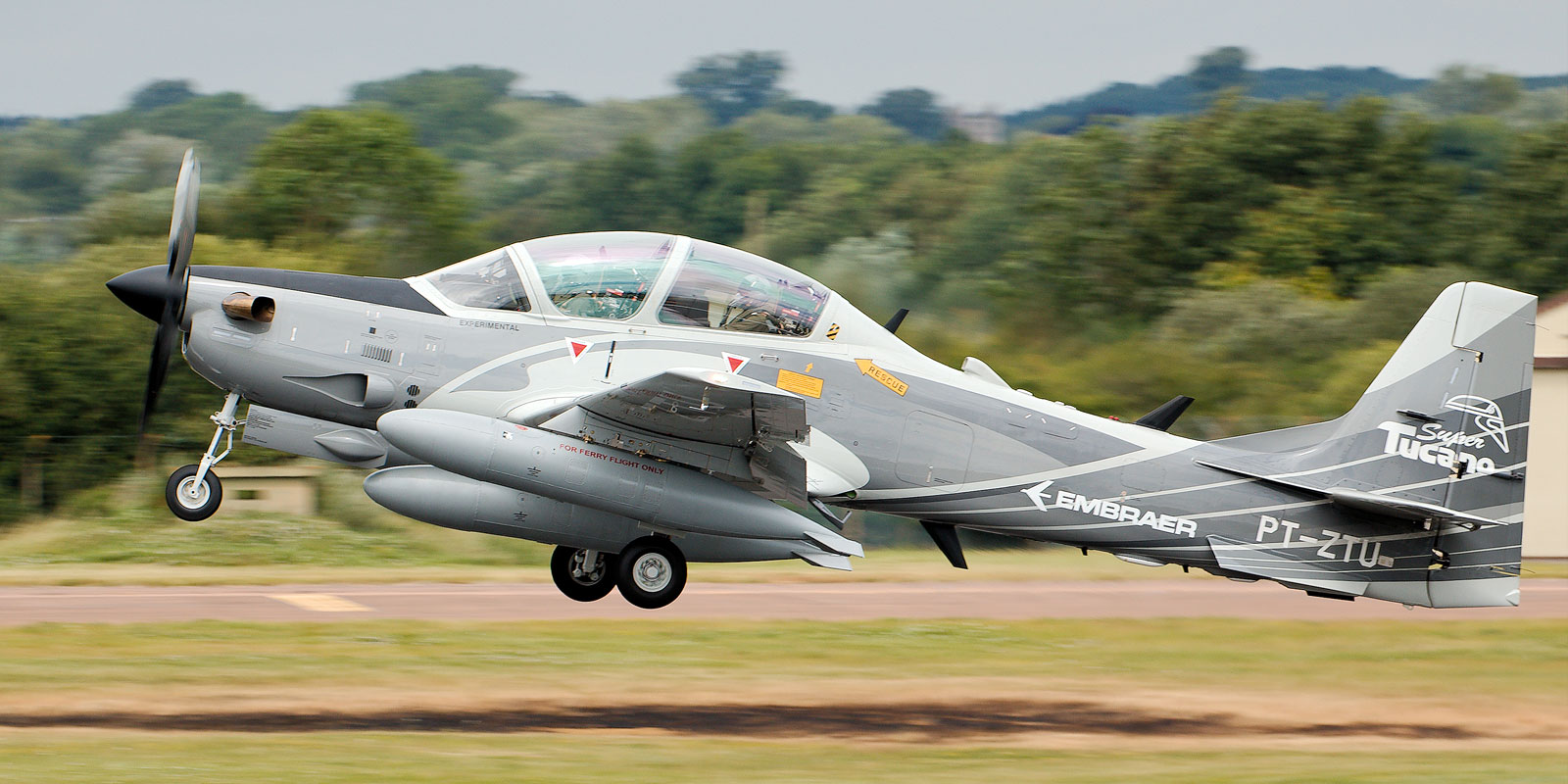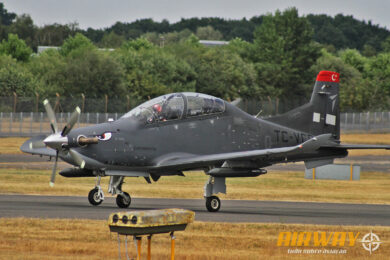The Royal Australian Air Force (RAAF) has opened a Request for Information (RFI) for an aircraft capable of being operated in the Joint Terminal Attack Control (JTAC) role.
Called Project Air 6016, the requirement states that the new attack turboprop must be capable of cruising at a speed of 180 knots at an altitude of 5,000 feet for 90 minutes, with a range of 600 nautical miles, an operating altitude of 25,000 feet and support loads up to +4/-1.5G.
The aircraft to be selected must have two VHF/UHF radios and a system for exchanging tactical data by voice, data and images. It will also need to be equipped with an electro-optical and infrared sensor, and demonstrate night flight capability, among other requirements.
The future aircraft will replace four Pilatus PC-21s that were allocated in the role, but that proved to be short of necessary. According to the RAAF, the aircraft achieved only 80 percent mission effectiveness.
The deadline for submitting initial proposals was August 11, but the Air Force did not reveal which companies intend to participate in the RFI or how many aircraft will be ordered.
Currently, the aircraft with characteristics closest to those desired by the RAAF would be the AT-6 Wolverine, from Beechcraft, the A-29 Super Tucano, from Embraer, and the Hürkuş, from Turkish Aerospace Industries.
Australia acquired 49 Pilatus PC-21 trainers in 2017, which are used in advanced training of its pilots. Although the Swiss aircraft is more modern than the PC-9 (and which gave rise to the AT-6), the turboprop is not designed with an emphasis on attack and close air support.




